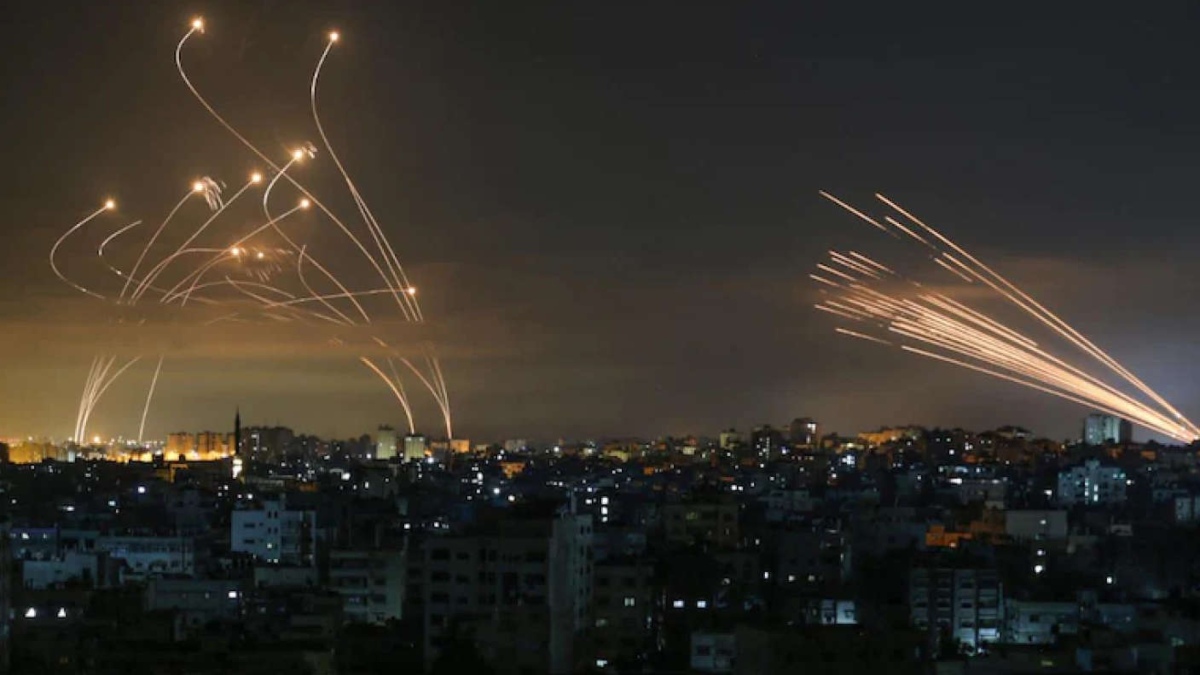


Hamas has surprised the Israeli authorities this time with its massive firepower. Analysts say that the Islamist group can fire more frequently and deeply into Israel compared to past conflicts over Gaza, in part because of Iran’s backing.
More than 3,000 rockets fell on Israel last week, with the objective to overwhelm Israel’s Iron Dome missile defence system. For the first time, Hamas used the Ayyash 250 missile, which has a range of 250 km.
“The most impressive fact about this war is the number of rockets that managed to fire in a short period of time and simultaneously,” AFP quoted Fabian Hinz, an independent analyst who focuses on missiles in the Middle East, as saying.
But Israeli retaliation too has been “swift” and “devastating”. “Hamas’s firepower, both in terms of rocket numbers and range, far exceeds previous escalations, and Israeli retaliation has been swift and devastating,” said the International Crisis Group (ICG).
Israel’s Iron Dome missile defence system has reportedly hit up to 90% of the incoming rockets at which it has been directed. But Hamas and its fellow terror groups were able to maintain their attacks almost at will, firing so often and so intensively as to overwhelm the most sophisticated defences.
Until a few years ago, Sudan supported the Palestinians, particularly through arms assembly units that were smuggled through Egypt. But the 2020 peace agreement between Sudan and Israel following the overthrow of authoritarian leader Omar al-Bashir ended the agreement.
Syria, under President Bashar al-Assad, has also supplied rockets in the past. But now Iran is by far the most important supporter of the Palestinian groups.
“Support for regional actors has become a fundamental pillar of Iran’s military posture,” AFP quoted an International Institute for Strategic Studies report released last month.
A closely watched weapons expert who remains anonymous but posts his findings on Twitter as Caliber Obscura, told AFP that the Iranian approach was not just about transferring weapons. “It’s about transferring knowledge, design templates and best practices,” said the analyst.
The rockets “are specially designed so that power forces are easily manufactured and easily assembled with simple tools.”
According to experts contacted by AFP, Hamas could have an already considerable strike force of 12,000-13,000 rockets before the current conflict began. Production capabilities are difficult to assess.
“They don’t want to be in a situation where they are going to run out of missiles in two weeks, so I hope the stocks have not been reported,” Caliber Obscura said. “They definitely have substantial stocks. I think they are prepared for an extended period of time.”
“Hamas has a long history of rocket manufacturing and has proven to be sensitive, inventive and creative with large rocket engineering,” the analyst told AFP, adding that in the past, Hamas even managed to obtain unexploded British WWI munitions from a ship that sank off Gaza. WITH AGENCY INPUTS